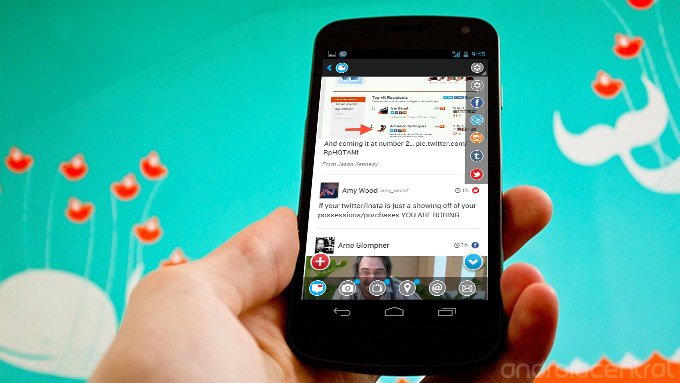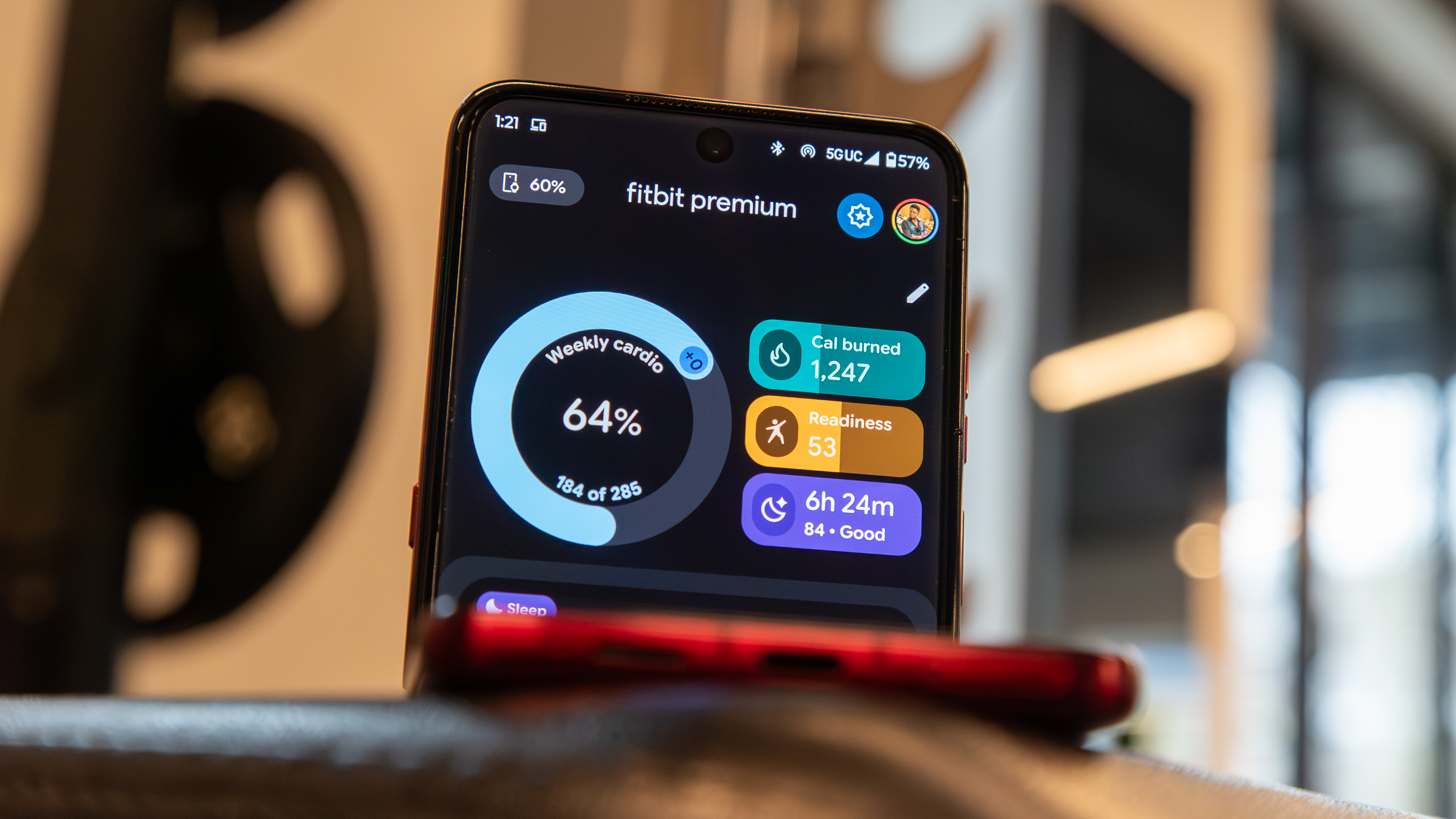Scope review - the all-seeing eye of social networks

Scope is the current incarnation of a venerable social networking app that gives users quick access to Facebook, Twitter, Foursquare, Tumblr, and Instagram. I’ve been registered with SocialScope since its early days on BlackBerry, and was pretty surprised not only by how much it has changed, but also that it is yet again in a closed beta format.
Style
Scope has a particularly sharp and fast user interface. There’s a really nice hideable shortcut bar that allows users to hop between social networks in a heartbeat, while you can flip through both networks and content types with swipes. There are smooth, fast animations between every screen,
There are definitely some design queues taken from Path, namely the add post button in the bottom-left that explodes out into a number of different content types, such as photograph, text post, or location.
Function
The app’s name is fitting, seeing as its strongest suit is the large scope which it encompasses. Facebook, Twitter, Foursquare, Tumblr, and Instagram feeds can all be viewed individually or as a master conglomerated list. Feeds can also be presented based on content type across all networks, such as photos, videos, check-ins, mentions, and messages. Of course, you can always just drink from the firehose and view everything. Most of the basic functions are there, such as commenting, liking, and sharing items, but you can’t do much with deeper stuff, like editing profiles or viewing events.
Likewise, users can broadcast to more than one network simultaneously, even if that content includes location, image, or text. Online socialites that use all of these hubs are just as likely to have more than one account, but unfortunately Scope doesn’t offer multi-account support. Also, Instagram doesn’t allow third party picture sharing, so its utility in Scope is limited to viewing only.
There are some handy notification settings, including ringtone, vibrate, and light options. There’s also muting on a per-user basis, for particularly chatty friends that you don’t quite want to remove. Scope does a great job of matching contacts across networks, allowing you to view profiles with links to whatever networks on which you’re also friends.
In terms of performance, Scope is exceptionally responsive and snappy. There’s very little clutter and I haven’t had a crash to date. Notifications don’t always pop up, and I regularly get a message that there are issues connecting to Twitter (even though it seems to be operating just fine). The only real downside to Scope right now is that users need to be invited to the service to use it, and despite years of development on BlackBerry, there’s still a big fat “beta” tag on it. To be fair, it’s only been on Android since January.
Get the latest news from Android Central, your trusted companion in the world of Android
Pros
- Sharp, modern user interface
- Excellent variety of social networks
Cons
- Still relies on invites for access
- Limited depth of functions
Conclusion
While Scope could stand to plug into a few more social networks (Google Plus is conspicuously absent), all of the big ones are covered well, and all have at least a few different content types in common. While I wouldn’t necessarily ditch dedicated apps for each network, light users may be able to get all of their important social networking done from Scope alone. Heavy-duty users will appreciate the breadth of visibility offered by Scope, while still being able to drill into extended functions in dedicated apps.
Scope is awesome and free. Even in its current “beta” state, I would say it’s worth the hassle of trying to wrangle an invite.


